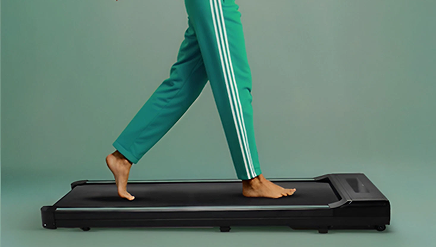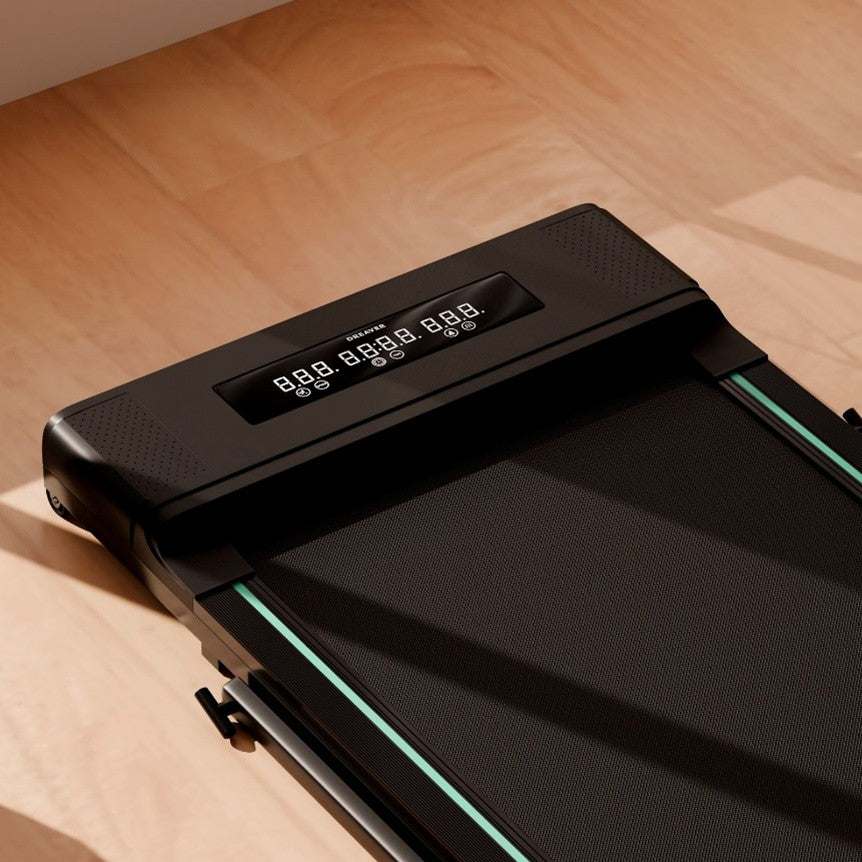10,000 steps a day: a must or a myth?
How many steps per day do you really need for a healthy lifestyle? The idea that 10,000 steps is the gold standard has become deeply ingrained in our society. But does this number come from science, or is it more of a marketing myth? In this blog, we unravel the origin and meaning of this standard and provide practical tips for moving more every day, even if you mainly work from home.
The Origin of the 10,000 Step Goal
The idea of “10,000 steps a day” wasn’t born in a lab, but in the marketing world of 1960s Japan. A pedometer called the Manpo-kei (loosely translated: “10,000-step meter”) was released in the run-up to the Tokyo Olympics. The number proved to be a powerful, round target that motivated people. But now science has taken a closer look at the number.
What does science say?
Recent research shows that the health benefit does not necessarily lie at 10,000 steps. Studies show that you can achieve a significant reduction in your risk of premature death with just 7,000 to 8,000 steps per day. More steps generally bring more benefit, but the effect levels off as you move towards 10,000 or more. In short: more is better, but perfect does not have to be.
What does count? Regularity, variation in movement and integration into your daily life.
Why Regular Steps Are So Powerful
Walking daily: Whether you hit the magic 10,000 or not, has a profound effect on your physical and mental health. Some of the benefits:
- Strengthens your heart and blood vessels: reduces the risk of heart disease.
- Supports your metabolism: helps with weight maintenance and blood sugar regulation.
- Reduces stress: walking stimulates the production of happiness hormones such as endorphins.
- Improves your cognitive functions: exercise is beneficial for your memory and concentration.
- Keeps muscles, joints and bones strong: essential if you sit a lot or get older.
Furthermore, it turns out that it doesn't matter where or when you exercise, as long as you do it regularly.
No time or bad weather? Just walk indoors
Dutch people don't always have the perfect walking weather or enough free time. Fortunately, there is a smart solution for that: the foldable treadmill. These compact walking belts allow you to stay active, even when you are busy or prefer to stay indoors.
Benefits of a treadmill at home or in the office:
- You can walk while calling, writing emails or watching TV.
- You don't have to worry about weather or daylight.
- You unknowingly build up a habit of regular exercise.

How many steps can you take on a treadmill?
A treadmill is surprisingly effective. Even at a leisurely pace (2-3 km/h) you can quickly take thousands of steps without losing your focus. A few examples:
- During work or online meetings: ± 3,000 steps per hour.
- While watching TV or reading: up to 5,000 steps at a relaxed pace.
- 3 short sessions of 15 minutes spread throughout the day: quickly more than 6,000 steps.
Combine this with a short walk outside and you'll easily reach over 8,000 steps – without any drastic changes to your daily routine.
Consistency is more important than perfection
The power is in repetition. Whether you take 5,000 or 12,000 steps a day, it’s the daily habit that makes the difference. Make walking a regular part of your routine: a short morning walk, a lunchtime walk, or a few times a day on the treadmill. Your health will thank you for it.
Ready to amp up your exercise routine?
Want to get more steps in an accessible way, without being dependent on the weather or your schedule? Then check out our selection of compact treadmills: ideal for home or office. Find the model that suits your lifestyle and take your first step towards a fitter life today.








